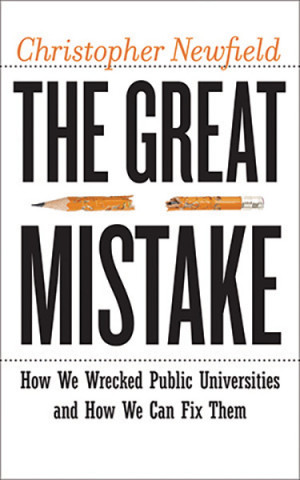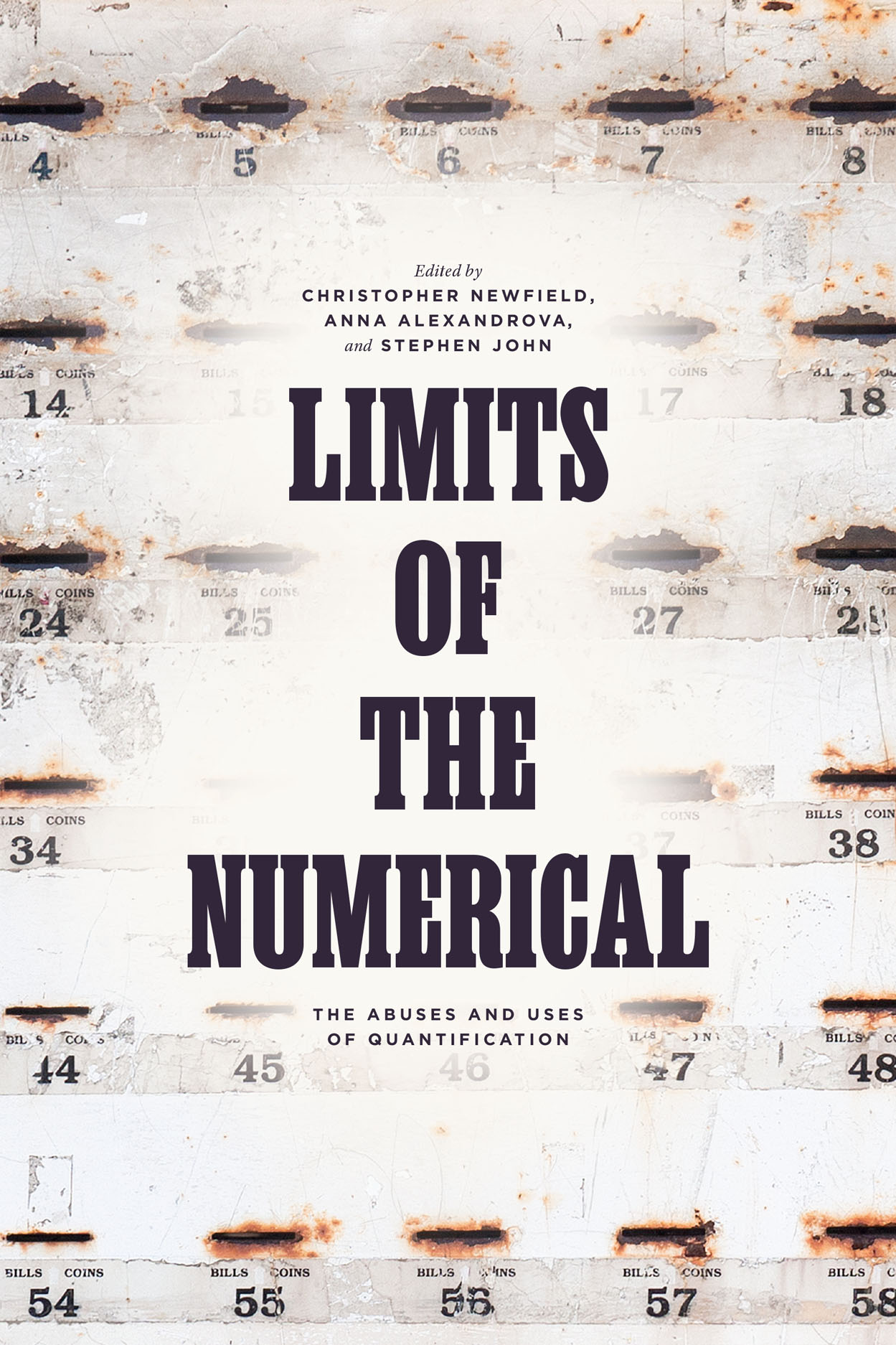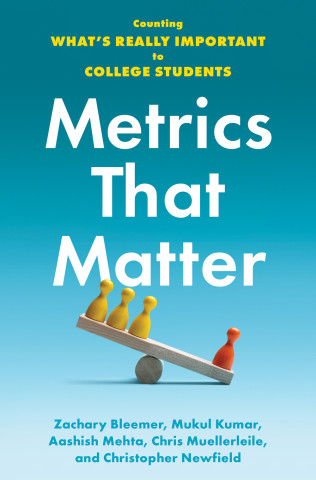By Michael Meranze
California’s budget crisis continues to worsen in the fall. In its wake a rough “common sense” emerged among the State’s political class and pundits. California, we are instructed, has reached the end of its ability to sustain its commitments—derived from the era of Pat Brown—to social support institutions and widespread, high-quality, low cost higher education, not to mention broad-based commitments to K-12 public education. The Great Recession, they insist, has put an end to this earlier vision of the Golden State. New economic realities compel us to scale back government action and commit ourselves more and more to a reliance on the private sector for increasingly limited social goods and services. To be sure, there is recognition that the crisis is not simply fiscal but political. California, after all, is hampered by a wide-range of structural issues that make governance more and more difficult: the requirement (established in Proposition 13) that any tax increase requires a 2/3 vote in the Legislature, an even older requirement that the State Budget requires a 2/3 vote as well, the imposition of term limits that have had the perverse effect of empowering lobbyists, not to mention the proliferating ballot initiatives have removed increasing numbers of spending and governing from the legislature. But our leaders insist "the people" will not change these structures in any significant way.
This conventional wisdom is significantly wrong. What came crashing down around us is not the Golden State of Pat Brown’s dream but the Iron State of Howard Jarvis’ imagination. What came paid this year is the vision of a State focused on corrections not social welfare, on the reduction of tax burdens not education and broad-based economic development, on established properties and people not the young and the future. California’s political leaders have spent the last 30 years cobbling together enough funding to keep at bay the full implications of the Iron State. The Great Recession has shattered those efforts.
As with so many stories of contemporary California, this one starts with Proposition 13. Proposition 13 has protected those on fixed-incomes from losing their homes to rising property taxes while enabling many others to minimize the negative effects of rising housing costs (at least once they have been able to purchase property). But it also has protected commercial property and developers while making it increasingly difficult (by imposing a 2/3 rule) to raise taxes of any kind. Stripping local governments of important sources of revenue shifted power for education and other locally organized public functions from cities and counties to the state. There they were caught up in the dysfunctional nature of state-wide politics. Proposition 13, appearing as a moment of “citizen’s revolt” actually served to centralize revenue and spending questions at the level of state government while simultaneously making it more difficult for those decisions to be made rationally.
But Proposition 13 was only the starting point for the Iron State. Between 1980 and 2000 California turned to mass incarceration as the criminal inmate population grew from just under 25,000 to just over 160,000. Today it stands around 170,000. The 3 Strikes initiative accelerated this upsurge but it began much earlier. Whether because of the “war on drugs,” fears of sexual offenders, or perception of an epidemic of violent crime, the penal system has grown by leaps and bounds. The logic of Proposition 13 (turning the state away from social spending, limiting a steady source of revenue, placing an emphasis on what was already in place over what might be in the future) and the logic of mass incarceration (incapacitation over retraining, emphasizing the punishment of past deeds over programs to encourage opportunities and lessen the temptations to criminal activity) worked in tandem.
Like the state’s polity more generally the correctional system is in a state of acute crisis. This summer’s riot at Chino State Prison was only the latest example of an overcrowded and unsafe penal system—unsafe for guards as well as inmates. Federal Judges have determined that the health system within the prisons is so inadequate as to be unconstitutional (endangering the health of inmates within the prison and the general public when inmates leave prisons); other judges have ordered the prison population reduced by 40,000 over the next two years. The multiple crises of the prison system have allowed for some discussion of reform of the correctional system. But as we recall the Assembly's Republicans were able to block passage of a meaningful prison reform act--preventing the establishment of a sentencing commission and severely cutting back on efforts to reduce the size of the inmate population.
So long as corrections remains at the heart of our social policy—rather than as a supplemental or marginal support as it was throughout most of United States history—it is the Iron State stealing from the future of the Golden State. For at least the last decade state funding has shifted from higher education to the correctional system. The reduction of state support for the UC and CSU systems have left them overburdened and underfunded; the recent budget cuts now threaten to end the renowned California system of higher education we have known. The Community College system is overwhelmed and the system of transferring from Community Colleg to one of the University Systems teeters on the edge of collapse. And despite the growth in spending on corrections the logic of mass incarceration has meant that the number of inmates always exceeds the capacity to house them adequately and safely.
The Iron State has succeeded in creating conditions that ensure that more people will be imprisoned and less people educated; that more will be unemployed and less skilled in new jobs; that more will be less productive and less find fulfilling work. Nothing reveals the logic of the Iron State more than Governor Schwarzenegger’s decision to cut funds from health care for the poor and those suffering from AIDS while refusing to impose an extraction tax on gas and oil that would have provided more than enough funds for these programs.
Unless we wish to descend into more and more social insecurity this policy logic needs to be overturned. We need new ideas and new forums for discussion. The Crisis besetting UC and CSU is not their crisis alone.
Cornell Deal
12 hours ago




2 comments:
Good thoughts, Michael. Prop 13 and a corrections-based society are two big problems, and yet they were also apparently the will of the public. Perhaps proving out Aristotle's poor opinion of democracy.
Why not start an initiative to reform Prop 13? Go after all those folks refinancing or leasing/renting their Prop 13 protected properties. Such events create owner-initiated market valuations. Frame it as a loophole exploited to ruin community. Rent at Prop 13 rates and get Prop 13 benefits. Otherwise, pay the tax on the implied value for the property. Refi appraisal at 20% over assessed value--even in today's market? Well, looks like that should be the appraised value, too, if the owner and bank and underwriter accept it.
With corrections, why not put money into a "virtual prison"? That sounds a lot better than a "virtual campus". At least that way, kids caught out wouldn't have to spend 4 years with the experts working on a degree in how to be better at crime.
Anyway, the shift in societal priorities to personal interests over public ones is clear. Time for an effort to remake the case for public interests. Not just for UC, CSU and education.
That's at the root of the problem with UCOP's approach--it accepts the private interest argument, and thus can see jacking tuition as acceptable. A UC education is becoming the purchase of a personal benefit, not a personal commitment to a lifetime participation in a public vision.
Join the Conversation
Note: Firefox is occasionally incompatible with our comments section. We apologize for the inconvenience.